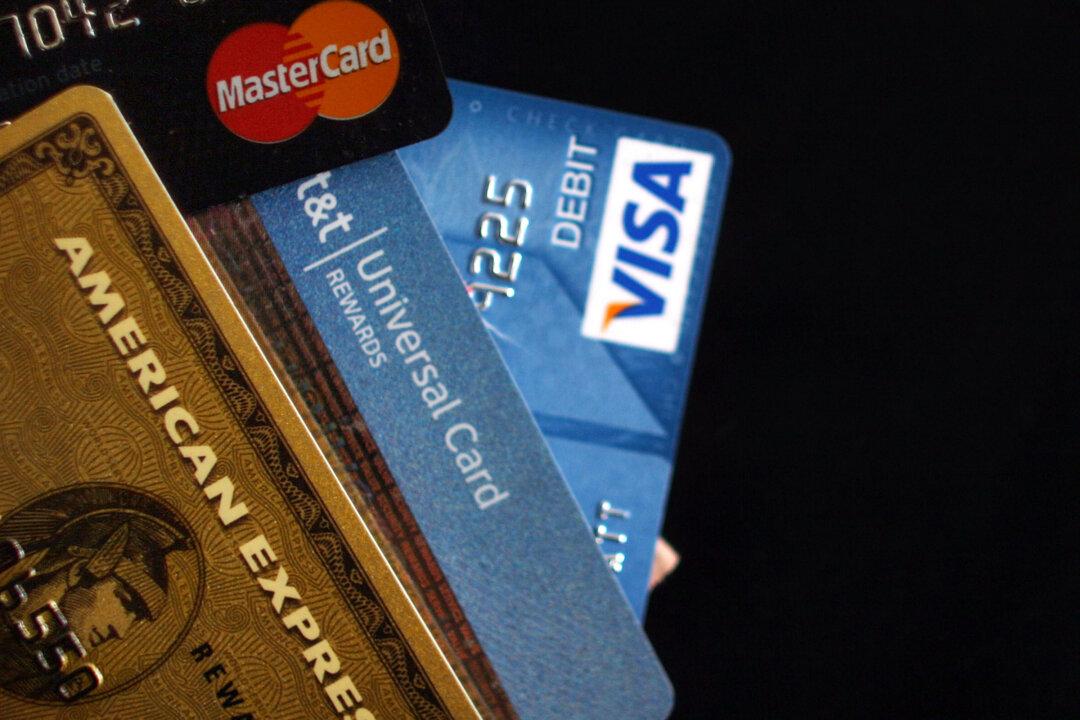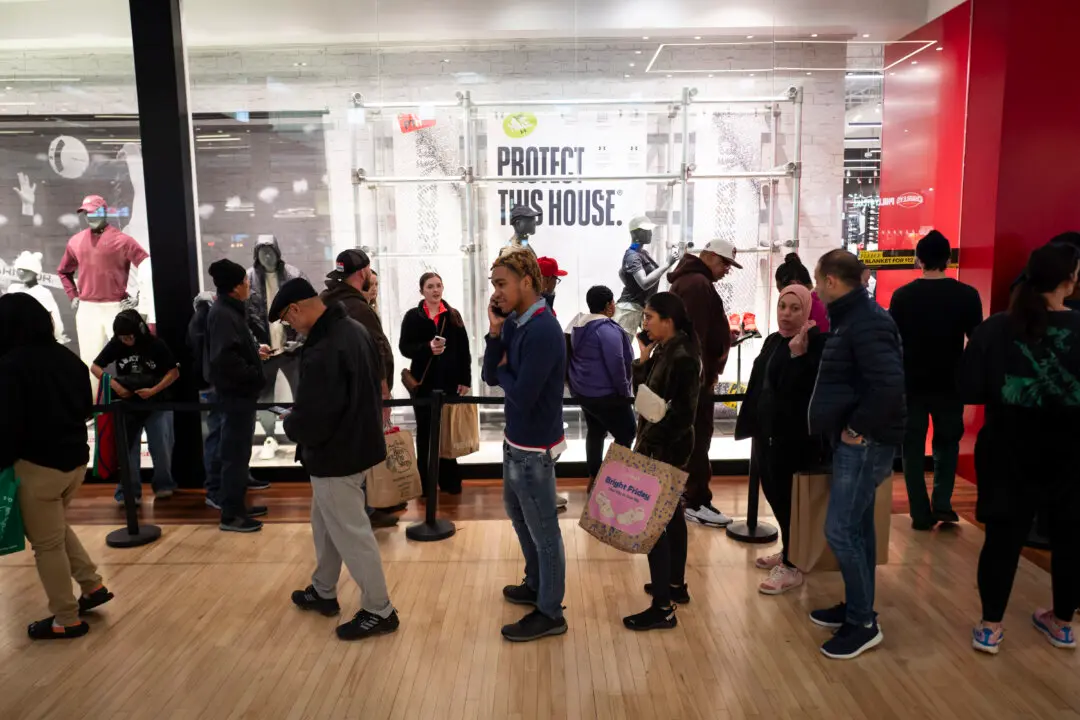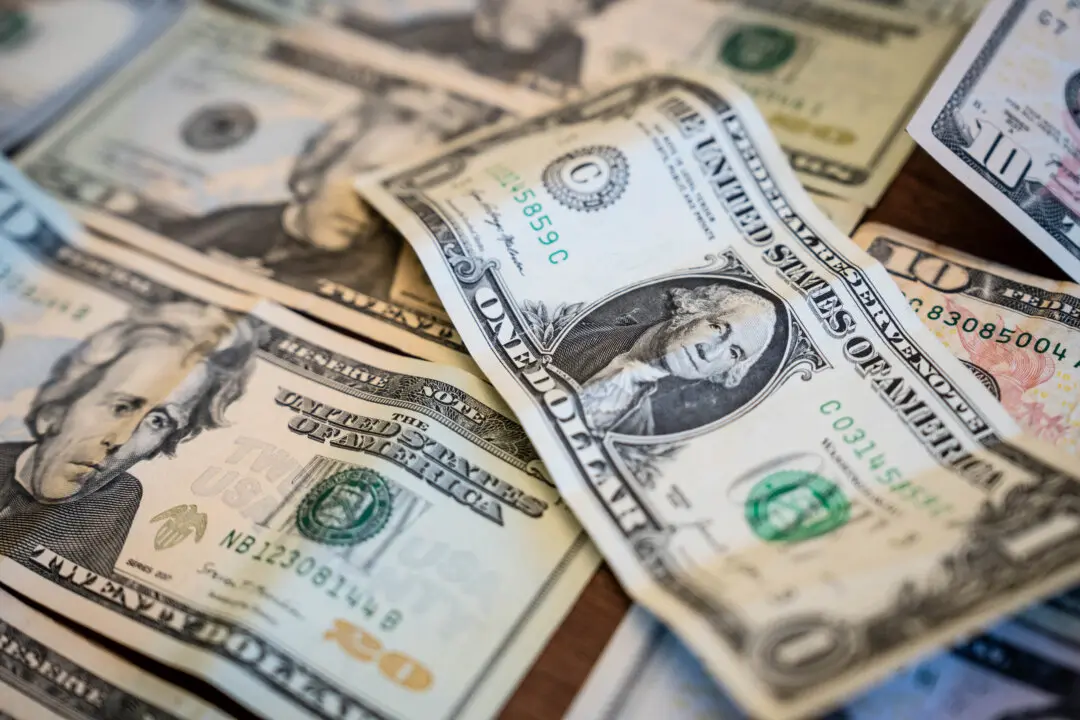Consumer credit extended its expansion streak to kick off the year as revolving and nonrevolving debt grew, new Federal Reserve data confirm.
U.S. consumer credit increased by $14.8 billion in January, up from an $11.56 billion gain in December. That fell short of the market estimate of $20 billion and represented the second-lowest print since the central bank started raising interest rates.





